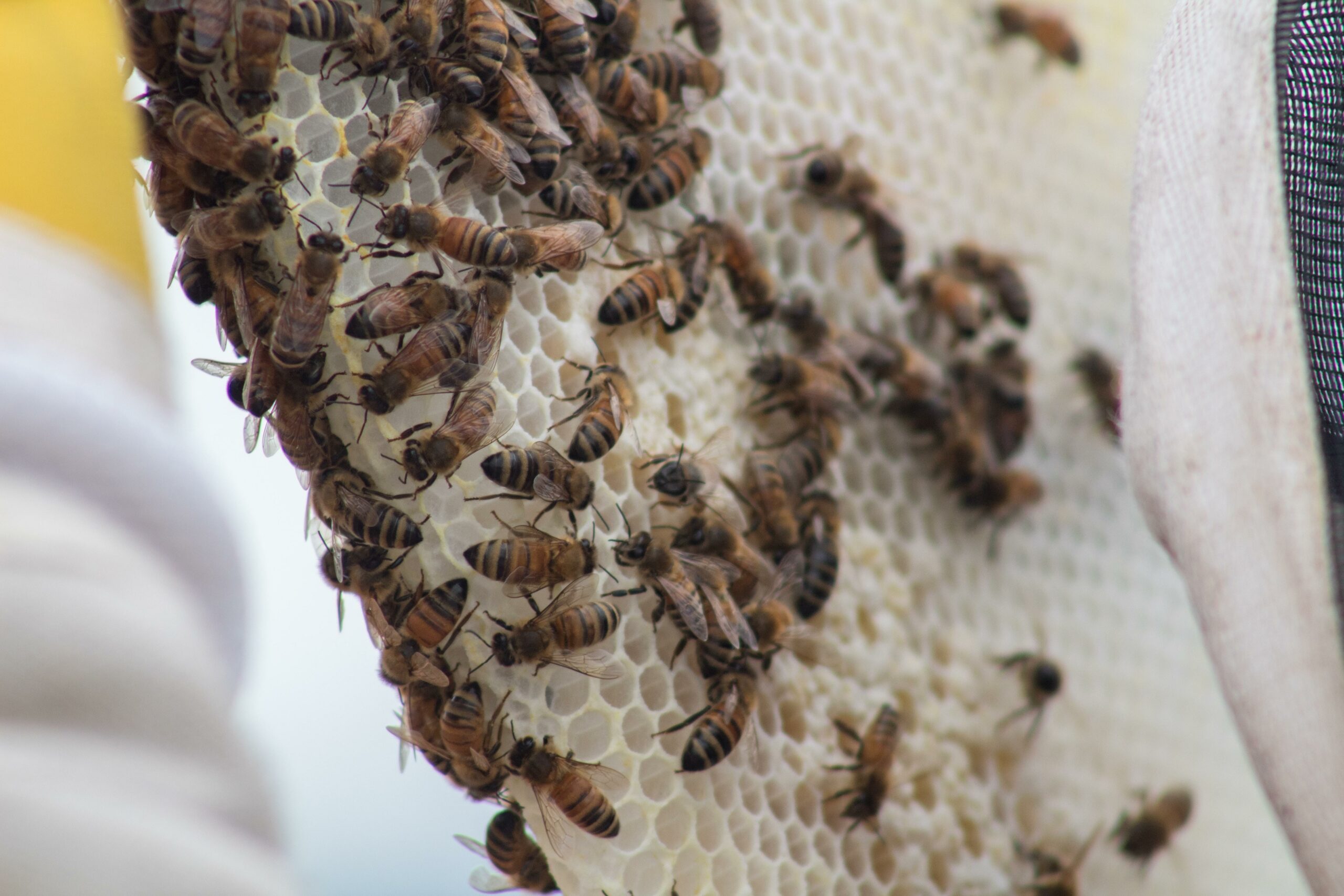Are you tired of spending endless hours trying to achieve perfectly smooth skin through tedious shaving or messy hair removal creams? Look no further! In this article, we will delve into the world of flawless waxing, exploring the expertise and precision that an experienced esthetician brings to the table. Get ready to discover the art and science behind waxing, as we showcase some extraordinary examples of this hair removal technique. Brace yourself for a journey that will leave you amazed and yearning for that irresistibly smooth skin you’ve always desired.

Waxing Examples
When it comes to waxing, there are various types and techniques to choose from. Each one caters to specific needs and preferences, ensuring a flawless and comfortable experience for clients. Let’s explore some waxing examples and understand how they are tailored for different areas of the body and skin sensitivities.
One popular type of waxing is soft wax, which is made of rosin, oils, and other additives. It requires strips to remove the hair and is perfect for larger areas like the legs. However, it’s important to note that while soft wax is effective, it may irritate sensitive skin. So for those with delicate skin, we have an alternative.
Hard wax is another common waxing technique that stands out for its ability to harden on its own. It’s made of beeswax, resin, and oils, and is particularly well-suited for smaller, more sensitive areas like the bikini line. While it may be slightly more painful than soft wax, it offers a gentler approach for those with sensitive skin.
For those seeking a more natural and gentle option, sugar wax is an excellent choice. This type of wax, made of sugar, lemon, and water, is similar to soft wax in terms of application but is even more skin-friendly. It’s a great alternative for individuals with sensitive skin, as it’s less likely to cause irritation.
If you’re looking for a waxing experience that goes beyond the standard options, you might consider fruit or chocolate wax. These waxing varieties are made of natural ingredients like fruit extracts or cocoa, offering a moisturizing and soothing effect on the skin. It’s a delightful treat for your senses, while still effectively removing unwanted hair.
Now that we’ve explored various waxing examples, let’s take a closer look at how different types of waxing can be used for specific areas of the body. Waxing is a versatile method for hair removal, and its benefits can be enjoyed on different parts of the body, from the face to the pubic area, legs, arms, back, abdomen, chest, knuckles, and even the feet.
For those looking for a sleek and clean appearance in the pubic region, there are various bikini wax styles available. One popular style is the French bikini wax, which leaves a rectangular strip of hair in the front. This style offers a balanced look while still maintaining some hair for those who prefer a more natural aesthetic.
When it comes to choosing between soft wax and hard wax, it all comes down to personal preference and skin sensitivity. Soft wax is a traditional and widely-used option, while hard wax provides a more targeted and gentle approach. To make the right decision, consider your own comfort level and consult with a professional esthetician.
Like any beauty treatment, waxing has its own pros and cons to consider. On the positive side, waxing provides longer-lasting results compared to shaving or depilatory creams. It also leads to finer regrowth over time. However, it’s important to note that waxing can cause temporary irritation and discomfort, especially for sensitive skin. Additionally, regrowth is required before getting waxed again.
“With a range of waxing options available, we tailor our services to your individual needs and preferences.”
In conclusion, flawless waxing requires expertise and a comprehensive understanding of the different techniques and options available. By providing examples of waxing techniques and their suitability for specific areas of the body, we aim to empower our clients to make informed decisions about their hair removal journey. Our experienced estheticians will ensure a comfortable and satisfying waxing experience, leaving you feeling confident, smooth, and ready to conquer the world. Remember, proper aftercare and maintaining healthy skin are essential for long-lasting results. So why wait? Book your next waxing appointment with us and experience the difference for yourself.
Waxing is a popular hair removal method that has been used for centuries. If you’re curious to know some interesting facts about waxing, click here for a fascinating read. Discover the history behind this ancient practice and how it has evolved over time. Delve into the different types of waxing techniques and their benefits. Whether you’re a waxing enthusiast or simply intrigued by the world of beauty, these facts about waxing will surely captivate your interest. So, why wait? Learn more about the secrets of waxing by clicking on this link: facts about waxing.
Waxing Examples
If you’re curious about different waxing techniques, we’ve got you covered. Our comprehensive guide explores various methods to help you achieve the smooth and hair-free skin you desire. From traditional hot wax to the more modern sugaring technique, we delve into the pros and cons of each method. Dive into the world of waxing and discover which technique suits you best. Learn more about different waxing techniques here!
When it comes to waxing, safety is of utmost importance. Before initiating any waxing session, it’s vital to be aware of the necessary precautions to ensure a safe and comfortable experience. Our article on waxing safety precautions will guide you through the essential steps to take before, during, and after a waxing session. Protect your skin and prevent any mishaps by familiarizing yourself with these crucial safety measures. Don’t miss out on this valuable information – check out our guide on waxing safety precautions here!
Are you ready to explore the world of waxing? Whether you’re a seasoned pro or a first-time waxer, our comprehensive guide has everything you need to know. Discover different waxing techniques and learn how to prioritize safety during every session. Achieving silky-smooth skin has never been easier. Get started on your waxing journey today!
Waxing Techniques for Beginners
[youtube v=”AcsufoX6qag”]
Waxing is a popular hair removal method that provides longer-lasting results compared to shaving or using depilatory creams. In this article, we will explore the different waxing techniques, focusing on the differences between soft wax and hard wax, their applications, and the benefits they offer.
Soft Wax vs. Hard Wax: Understanding the Difference
Soft wax, also known as strip wax, is sticky and adheres to the skin. When applying soft wax, it is important to apply it thinly, as a paper strip needs to be placed on top of it for removal. The thickness of the wax determines its ability to be removed. Thicker layers of soft wax can be more challenging to remove. However, it is important to note that soft wax adheres to the skin and can potentially pull off the skin when removed. Therefore, going over the same area more than once should be avoided.
On the other hand, hard wax is ideal for smaller, more sensitive areas like the bikini line. It adheres to the hair rather than the skin, making it a gentler option. Unlike soft wax, hard wax can be applied slightly thicker. This means you can go over an area with hard wax multiple times without the risk of skin damage. Additionally, hard wax tends to be less painful compared to soft wax.
“Soft wax adheres to the skin, making it necessary to apply it thinly and avoid going over the same area more than once. Hard wax, on the other hand, adheres to the hair and can be applied a bit thicker, offering a gentler and less painful experience.”
The Art of Applying Hard Wax
Applying hard wax correctly is crucial for achieving effective hair removal. Here’s a step-by-step guide to applying hard wax:
- Start by applying a sufficient amount of hard wax to a waxing stick.
- Apply pressure to ensure the wax adheres to the area you want to wax.
- Always remember to follow the direction of hair growth when applying the wax.
- Create a lip at the end of the wax strip for easy removal. The lip should be thicker than the rest of the strip.
- Remember to practice and perfect your technique to ensure a smooth application and easy removal.
“Applying hard wax correctly involves using pressure, following the direction of hair growth, and creating a lip at the end of the strip. Practice is key to achieving the perfect application and removal.”
Practice Makes Perfect
Waxing is an art that requires practice and patience. Regardless of whether you choose soft wax or hard wax, mastering the technique is essential for achieving desirable results. Take the time to practice applying wax on a table or other surfaces. This will help you become comfortable with the process and refine your skills.
“Consistent practice is essential for gaining confidence in waxing techniques. Practice on a table or other surfaces until you feel confident in your ability to create the proper application and removal.”
Conclusion
Waxing is a versatile hair removal technique that offers long-lasting results compared to other methods. Understanding the differences between soft wax and hard wax and practicing proper application techniques are crucial for achieving successful hair removal. Whether you are a beginner or a seasoned waxing enthusiast, continuous practice and refinement will help you become more confident in your ability to provide the best results for your clients.
“Mastering waxing techniques, whether using soft wax or hard wax, is an ongoing process. Continuous practice will help you become more confident and skilled in providing optimal results.”
FAQ
Q: What are the different types of waxing?
A: There are different types of waxing, including soft wax, hard wax, sugar wax, and fruit or chocolate wax. Soft wax is made of rosin, oils, and other additives and requires strips to remove. It is good for larger areas like legs but may irritate sensitive skin. Hard wax is made of beeswax, resin, and oils and hardens on its own. It is better for smaller, more sensitive areas like the bikini line but may be more painful. Sugar wax is made of sugar, lemon, and water and is similar to soft wax but more natural and gentle on the skin. Fruit or chocolate wax is made of natural ingredients like fruit extracts or cocoa and is similar to hard wax but more moisturizing and soothing for the skin.
Q: Which areas of the body can be waxed?
A: Waxing can be done on various parts of the body, including the face, pubic hair, legs, arms, back, abdomen, chest, knuckles, and feet. Different types of waxing are suitable for different areas of the body and skin sensitivities. It is important to choose the right type of wax for each individual’s needs and preferences.
Q: How are bikini wax styles different from each other?
A: There are various bikini wax styles, such as the French bikini wax, which leaves a rectangular strip of hair in the front. Other styles include the Brazilian wax, where all hair is removed except for a small strip or triangle, and the Hollywood wax, which involves complete hair removal in the bikini area. The choice of bikini wax style depends on personal preference and comfort level.
Q: How does the choice between soft wax and hard wax affect the waxing experience?
A: The choice between soft wax and hard wax depends on personal preferences and skin sensitivity. Soft wax requires the use of strips to remove the hair and is generally better for larger areas like legs. Hard wax, on the other hand, hardens on its own and is more suitable for smaller, more sensitive areas like the bikini line. While soft wax may be more efficient for larger areas, it can potentially irritate sensitive skin more than hard wax. It is important to consult with an experienced esthetician to determine the best type of wax for your needs.
Q: What are the pros and cons of waxing?
A: The pros of waxing include longer-lasting results compared to shaving, as waxing removes hair from the root. It also promotes finer regrowth over time. However, waxing can be painful, especially for first-timers, and there may be potential skin irritation. It’s important to consider the need for regrowth before undergoing the procedure, as waxing requires a certain length of hair for effective removal. Seeking professional waxing services can help ensure proper technique and reduce the risk of complications.
- Star Ring Trends: Etsy vs Amazon - March 28, 2025
- Boost Pollinator Habitats: Baby Blue Eyes Sustainable Farming Guide - March 28, 2025
- Protect Big Black Bears: Effective Conservation Strategies - March 28, 2025
















